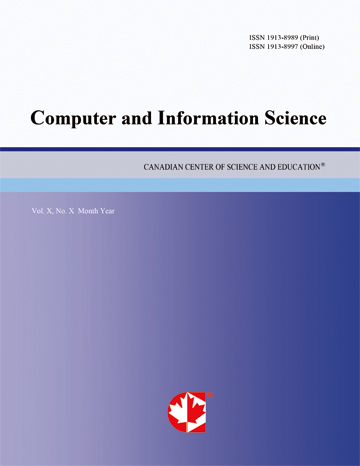Multi-View Software Architecture Design: Case Study of a Mission-Critical Defense System
- Kadir Alpaslan Demir
Abstract
As the use of software intensive systems increase in our daily lives, the systems are getting larger and larger every day. A significant portion of these software systems in use are medium to large in size and complexity. Most of them are also becoming a part of a system of systems. In addition to satisfying of a set of functional requirements, the users expect a certain level of quality in these systems. Quality requirements are also referred as nonfunctional requirements. Adequate satisfaction of quality requirements can be achieved via a careful software architecture design. Since the quality requirements are multi-faceted, the software architects have to consider many diverse aspects and provide a software architecture solution that can optimally satisfy both functional and nonfunctional requirements. Therefore, such a solution requires a multi-view software architecture design as the result of a careful systematic system development effort. Research reports with detailed case studies are helpful in bridging the gap between academia and industry. Research studies including a carefully designed real-world sample case studies will help practitioners and engineers to understand the theoretical concepts and apply the novel research findings in their practices. Therefore, in this study, we explain the systematic multi-view software architecture design with the help of a detailed mission-critical defense system development case study. The mission critical system in the case study is a Mine Neutralization System for navy mine hunting ships. In the study, we explain the multi-view software system architecture design step by step starting with identifying the system context, requirements, constraints, and quality expectations. We further outline the strategies, techniques, designs, and rationales used to satisfy a diverse set of requirements with a particular software architecture pattern. In addition, we introduce a novel architectural style named as a star-controller architectural style. We explain the use of the style with a related discussion.- Full Text:
 PDF
PDF
- DOI:10.5539/cis.v8n4p12
Journal Metrics
WJCI (2022): 0.636
Impact Factor 2022 (by WJCI): 0.419
h-index (January 2024): 43
i10-index (January 2024): 193
h5-index (January 2024): N/A
h5-median(January 2024): N/A
( The data was calculated based on Google Scholar Citations. Click Here to Learn More. )
Index
- BASE (Bielefeld Academic Search Engine)
- CNKI Scholar
- CrossRef
- DBLP (2008-2019)
- EuroPub Database
- Excellence in Research for Australia (ERA)
- Genamics JournalSeek
- GETIT@YALE (Yale University Library)
- Google Scholar
- Harvard Library
- Infotrieve
- Mendeley
- Open policy finder
- ResearchGate
- Scilit
- The Keepers Registry
- UCR Library
- WJCI Report
- WorldCat
Contact
- Chris LeeEditorial Assistant
- cis@ccsenet.org
